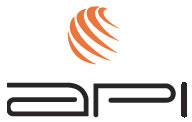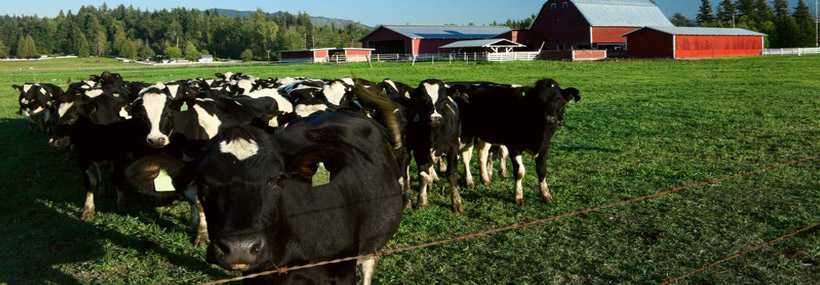API Mastitis Testing
Mastitis is generally caused by pathogenic microorganisms that can be divided into two groups based on their source: environmental pathogens and contagious pathogens. The major contagious pathogens are Staphylococcus aureus, Streptococcus agalactiae and Mycoplasma bovis. These three organisms, which gain entrance into the mammary gland largely through the teat canal, generally produce long-term infection that often results in elevated bulk tank or herd average SCC scores. Direct economic losses from contagious mastitis’ impact on milk production and treatment costs are significant.
PCR technology provides the solution for the mastitis problem with HIGH ACCURACY and QUICK RESULTS.
The use of this technology offers improved and efficient identification of the many pathogens that cause mastitis. Being aware of herd health problems and potential problems allows dairy operators to improve disease management and importantly, reduce incidences of illness. This approach characterizes API’s standpoint on herd health – “management over medicine.”
In approximately 20–50% of bovine milk samples taken from animals with clinical mastitis, no bacterial growth can be detected using conventional culturing.
Most labs primarily use bacterial culture to identify mastitis pathogens. It has been shown that many samples have no growth due to inactivation by antibiotics, too few organisms present, or perhaps because the bacteria are already dead upon culturing.
- Identifying mastitis pathogen(s) in cows already being treated
- Decreasing test time from 3-10 days (conventional culturing) to 1-2 days from when samples are received at the lab
- Fresh, frozen, preserved or treated milk may be used for the test

